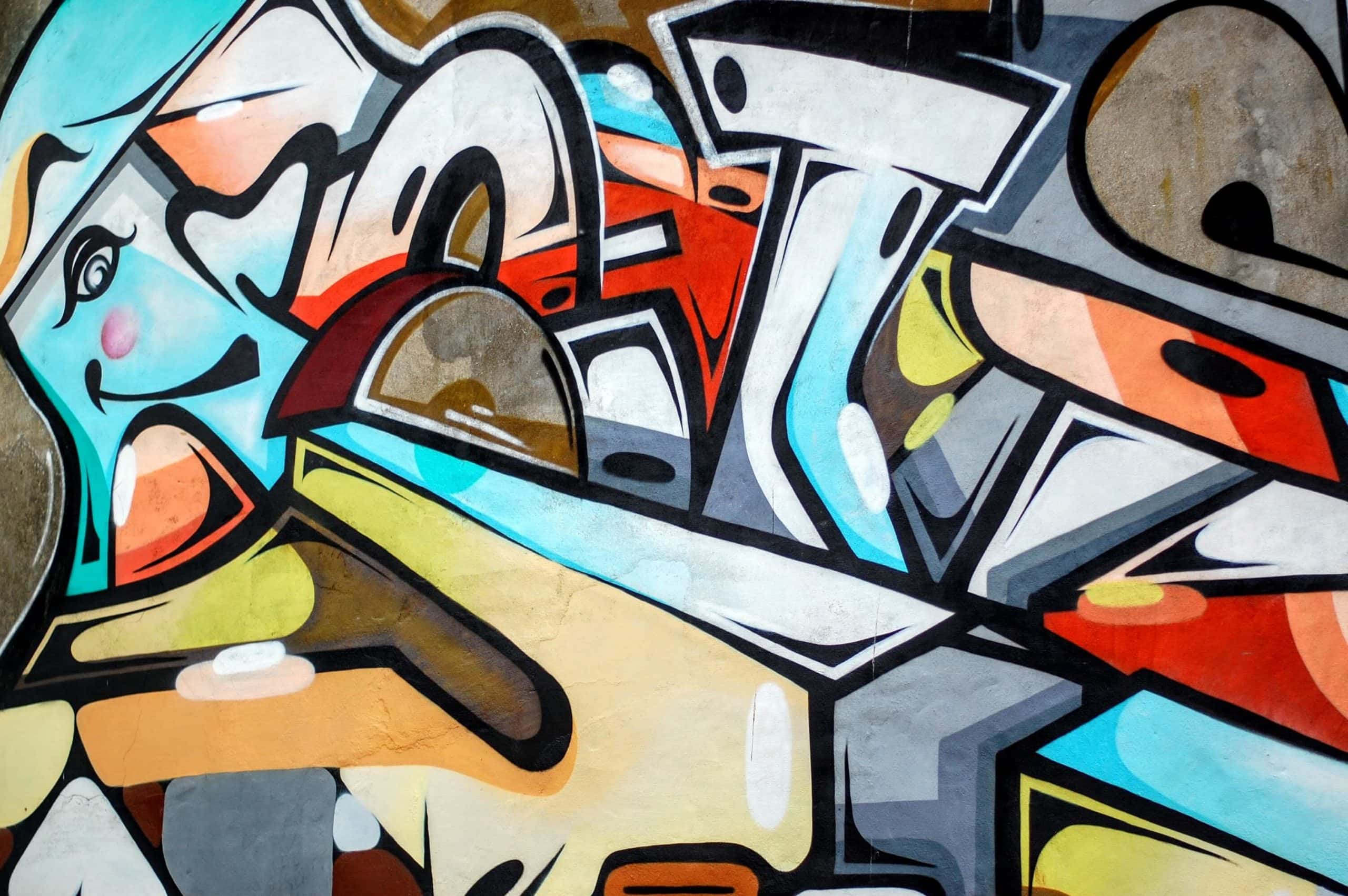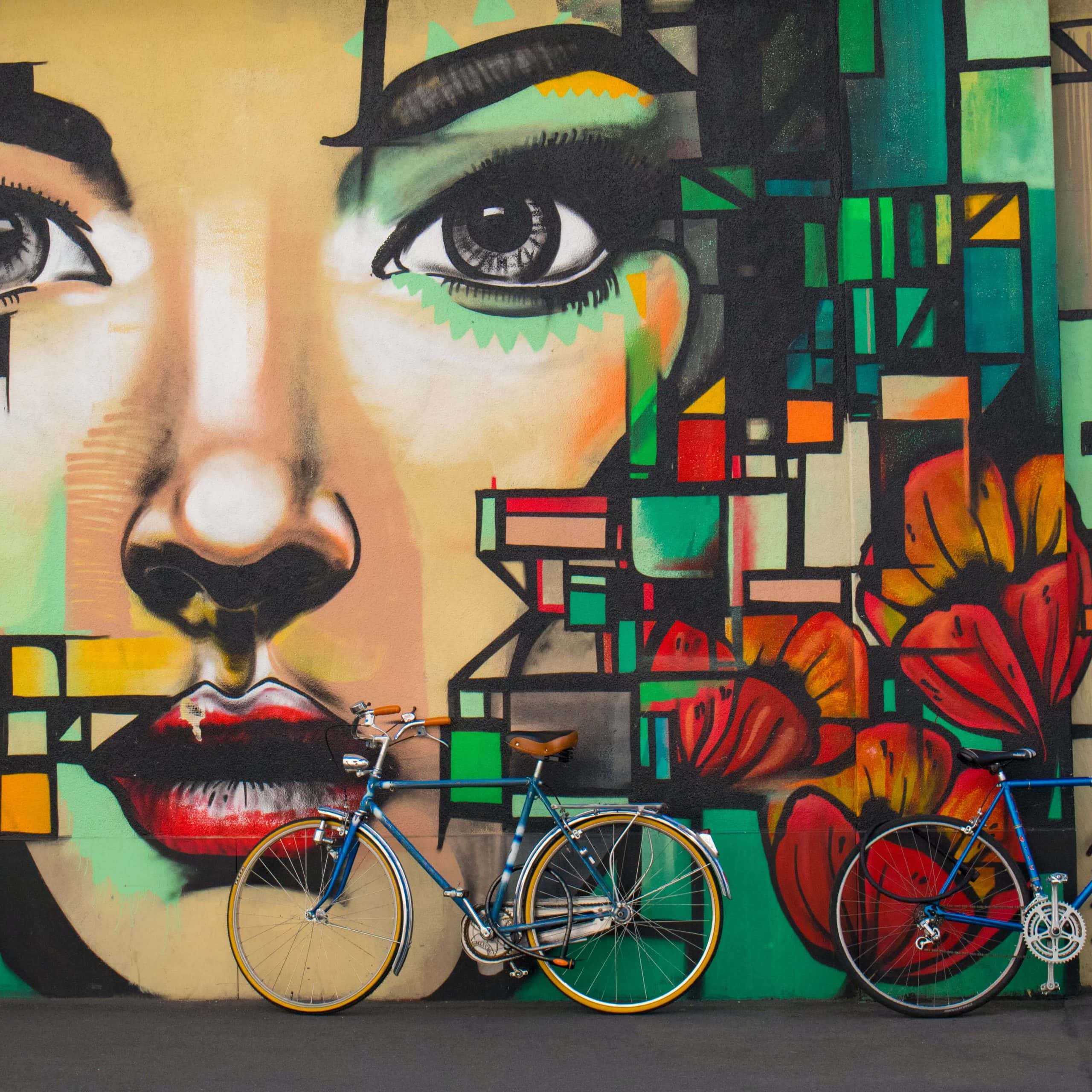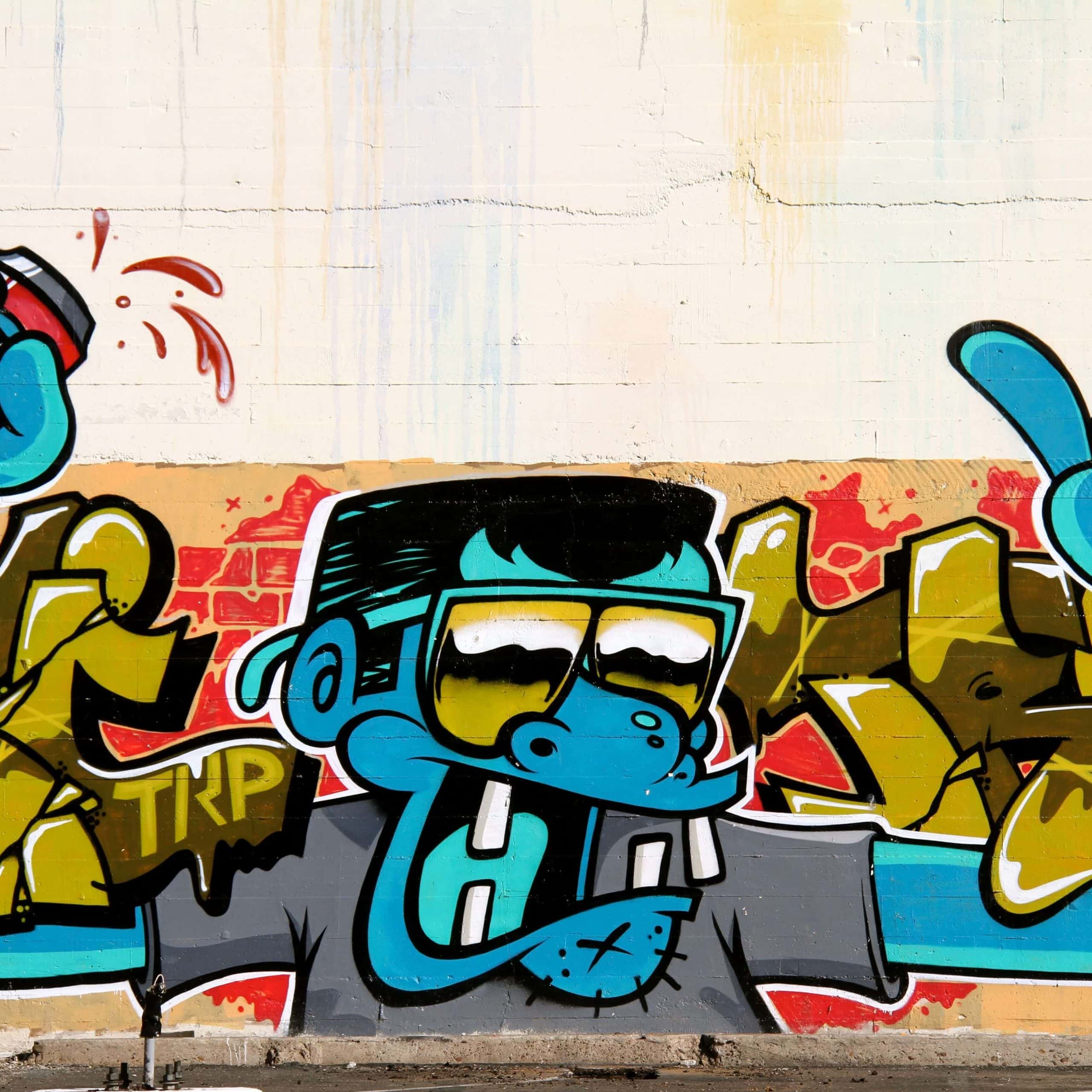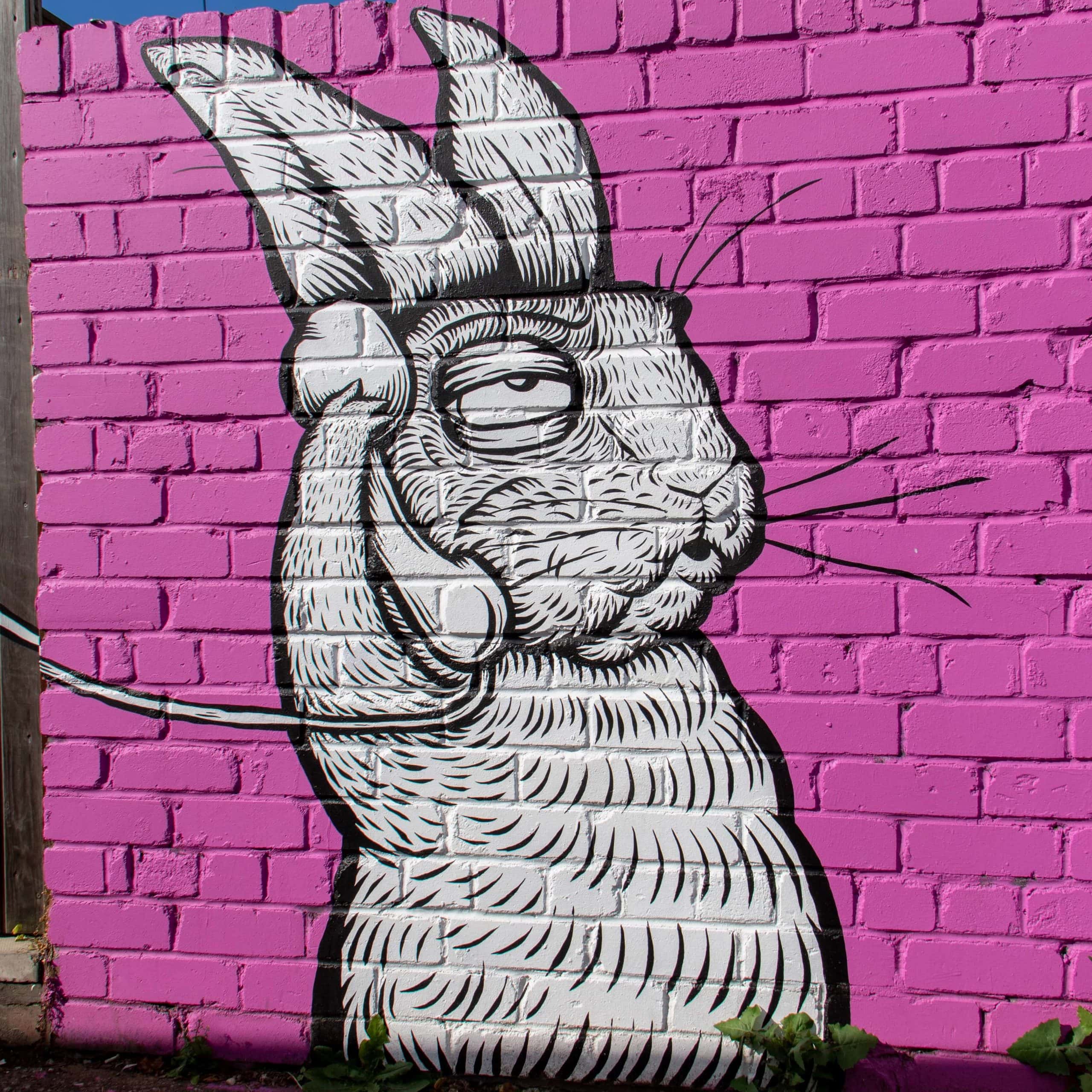
The discussion on whether graffiti should be considered a separate art direction or an act of vandalism is still ongoing. So let’s take a look at what graffiti is and its history.
Graffiti is a form of art or street activity, one of the most current methods of artistic expression around the world. There are many different styles and types of graffiti, and the works created by writers are an integral part of culture and urban lifestyle. So why do we associate it so much with vandalism?
Graffiti mainly focuses on typography and lettering, which is why its creators are called writers. The inscription is the center of the composition, and any drawings are only its background or complement, although an exception to this rule would be character, which is graffiti in which the character is the main element.
Everything begins with a tag, or signature. The essence of graffiti is putting your own signature on a surface. There are no limitations or any particular technique – the artist himself determines in what style and where he wants to paint. Graffiti has many different styles to offer, such as: Bubble Letter, Throw-up, Blockbusters or Wild Style, as well as the previously mentioned character.
Impulse often plays a large role in the act of creation itself. Graffiti does not have to be elaborated or well thought over, it is often just a spontaneous action resulting from the writer’s inner need. Often it is not about the final effect, but gaining respect and recognition in the environment and a sense of thrill. Such graffiti, which is associated with a strong adrenaline rush, is bombing. It involves signing as quickly as possible on moving objects or in dangerous and inaccessible places, for example: on the edge of a bridge or on a high balcony. This type of work is often characterized by poor workmanship and little detail due to lack of time to refine the drawing.

It is a mistake to confuse these two terms. Both are forms of street creative activity, but they differ significantly. A mural, in its simplest sense, means a large-scale wall painting – it can be a painting done with paints, a stencil drawing, a poster, and more. It often refers to cultural events, promotes charitable or social causes, or is a form of advertising. Murals use lettering less often or not at all. Mural artists try to give their works more artistic value than graffiti. Furthermore, murals are most often done legally and in consultation with city authorities.
Many cultural scholars believe that the modern form of graffiti is directly related to hip-hop and breakdance culture. However, this is a misunderstanding. The first wave of graffiti painting dates back to the New York City subway system in 1920. It was only later that graffiti became associated with street gangs, the lower classes, poor neighborhoods of large cities, and finally it was “absorbed” into the group of phenomena associated with hip-hop.
Such an image of graffiti persists to this day, and as a result, the society perceives this form of street art through the prism of stereotypes, which we will now dispel.

Graffiti as a form of street activity does not have precisely defined rules, which would put a clear line between one and another. The writers themselves do not make clear divisions. The essence of graffiti is contained in the internal impulse which influences the artist to sign his work more or less spontaneously. Whether he does it legally or not is a secondary matter.
The same is true of the aesthetic value of a signature. In this respect, a tag is not the same as a signature. Some writers are constantly improving their craft, looking for new styles of expression, searching for their own individual direction – thus they are closer to artists than to vandals.

It is important to remember that graffiti does not easily exist in isolation from the urban space in which it was born. And this space consists primarily of public and private places, so in one way or another, graffiti almost always violates someone’s property or common good, or disfigures the street space. In Poland, such action is considered a misdemeanor or a felony, depending on the damage done, and in many countries graffiti writers can be punished with imprisonment.
Graffiti is a separate world where people communicate in their own language. They carry messages, reflect reality, make you think or smile. Liking this direction or being against it is an individual choice for each of us.